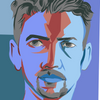Do I Know My Limits?
For this first new set of pictures for 2024, I began with specific, self-imposed limits. Each photograph had to be made from a single digital exposure. Each had to be monochromatic, and composed within a 3x2 aspect ratio—no additional cropping allowed.
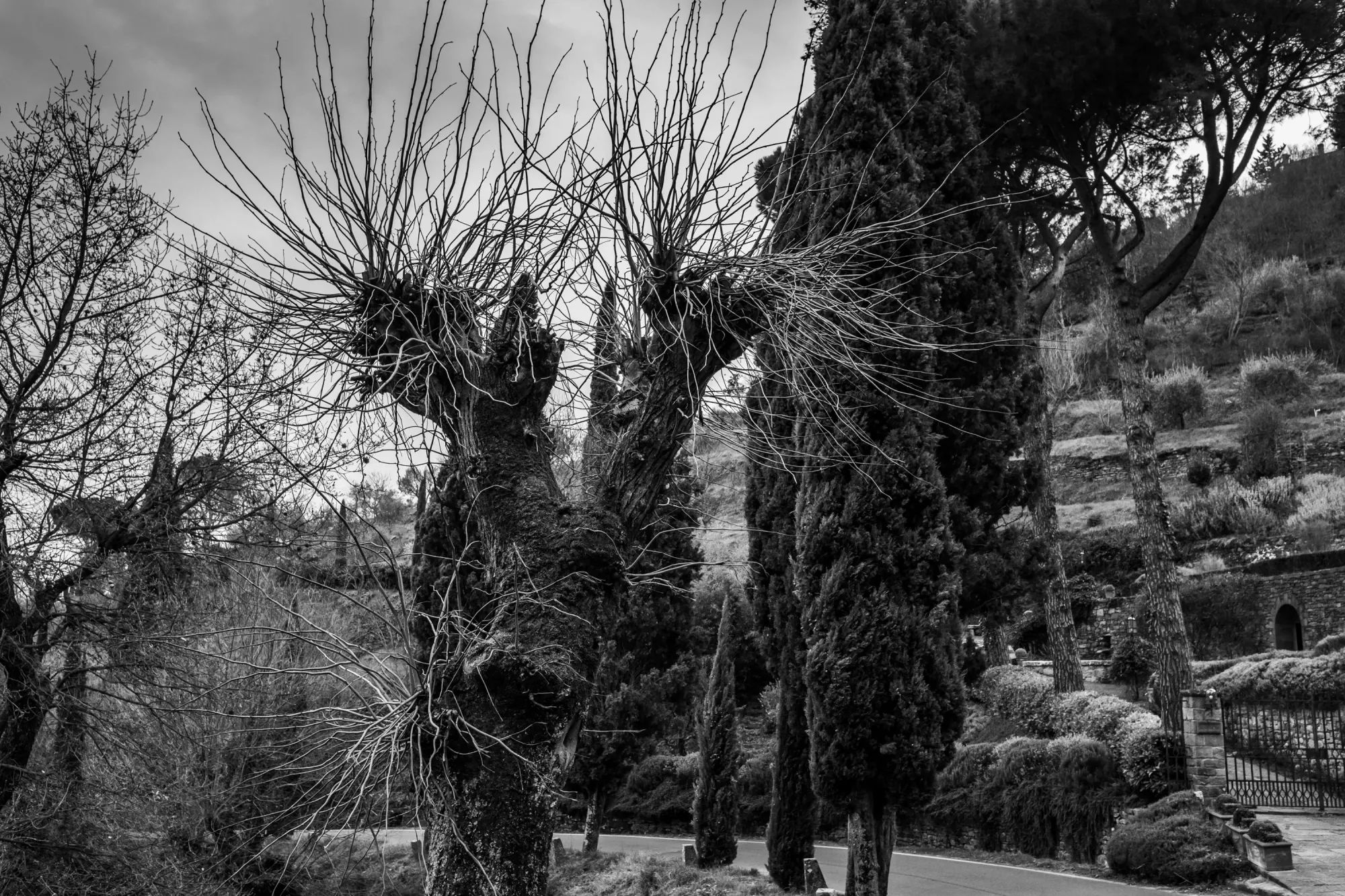
For this first new set of pictures for 2024, I began with specific, self-imposed limits. Each photograph had to be made from a single digital exposure. Each had to be monochromatic, and composed within a 3x2 aspect ratio—no additional cropping allowed. Rather than stifling my creativity, these constraints formed the foundation for a new exploration of my environment.
With these limits in place, an interplay between possibilities and restrictions unfolded. My well-defined boundaries closed off some of my automatic creative routines. This forced me to redirect my focus (no pun intended), encouraging me to search for atypical compositions, for different combinations of light and texture.
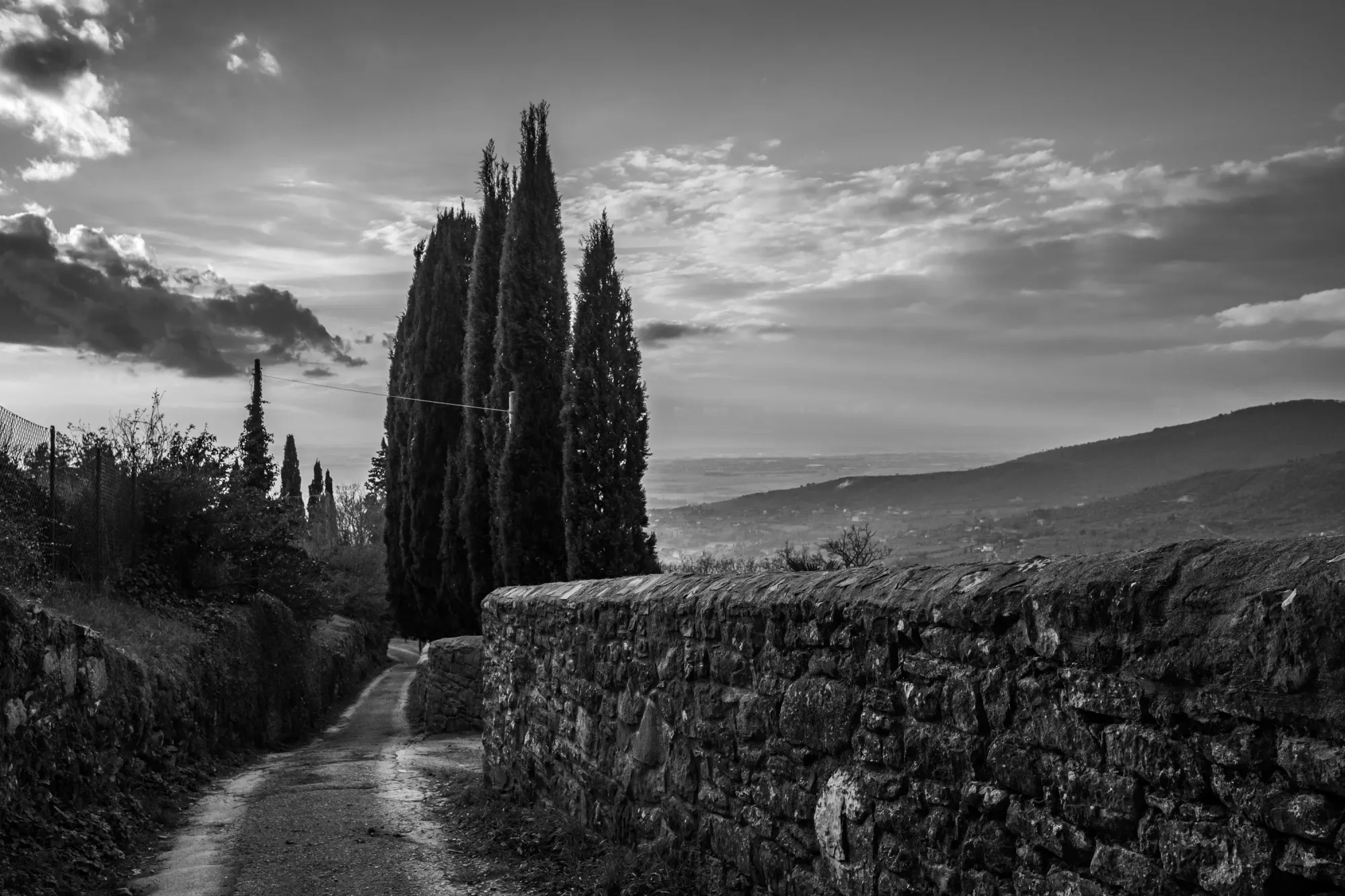
Contrary to expectation, I don’t think the limits hindered the potential for discovery; rather, they enhanced it. The constrained palette captured nuanced aspects of Cortona’s winter light. That light in turn revealed varieties of texture I often overlook in my full-color photographs. My familiar surroundings took on different layers of psychology and meaning, and became new variations of familiar, comfortable themes.
Most notably, I think these pictures contain a sense of compression, prioritizing attention to the particular over the general. Compared to the wide-open spectacle of my previous studies of Cortona, these pictures feel more immediate and less universal.
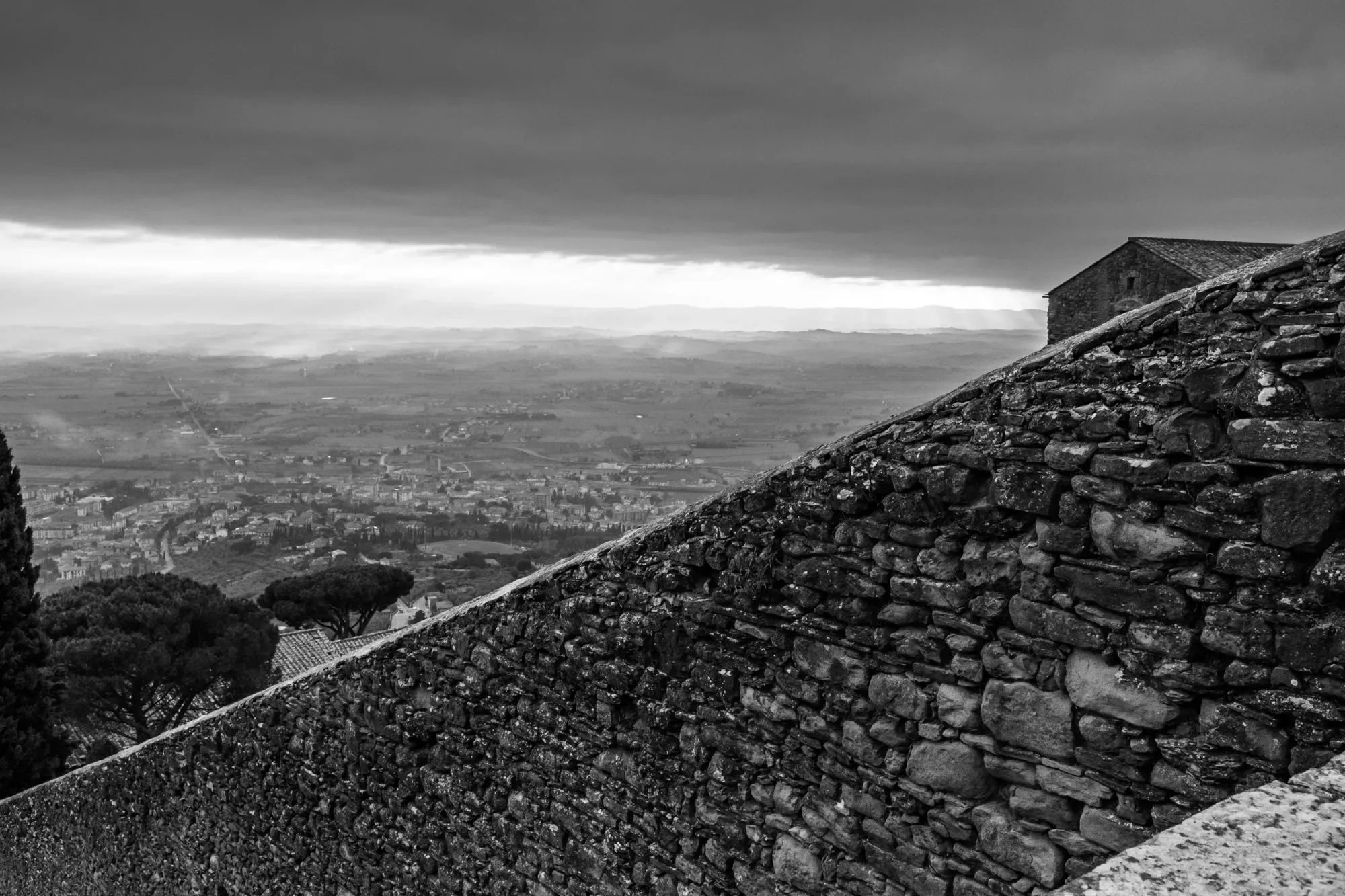
Like many artists, I spent a lot of time in 2023 considering the evolving role of AI tools and their capacity for wide-open spectacle. The abrupt surge in creative capabilities rendered the metaphor “drinking from a fire hose” quaint; instead, it felt like trying to drink from a waterfall.
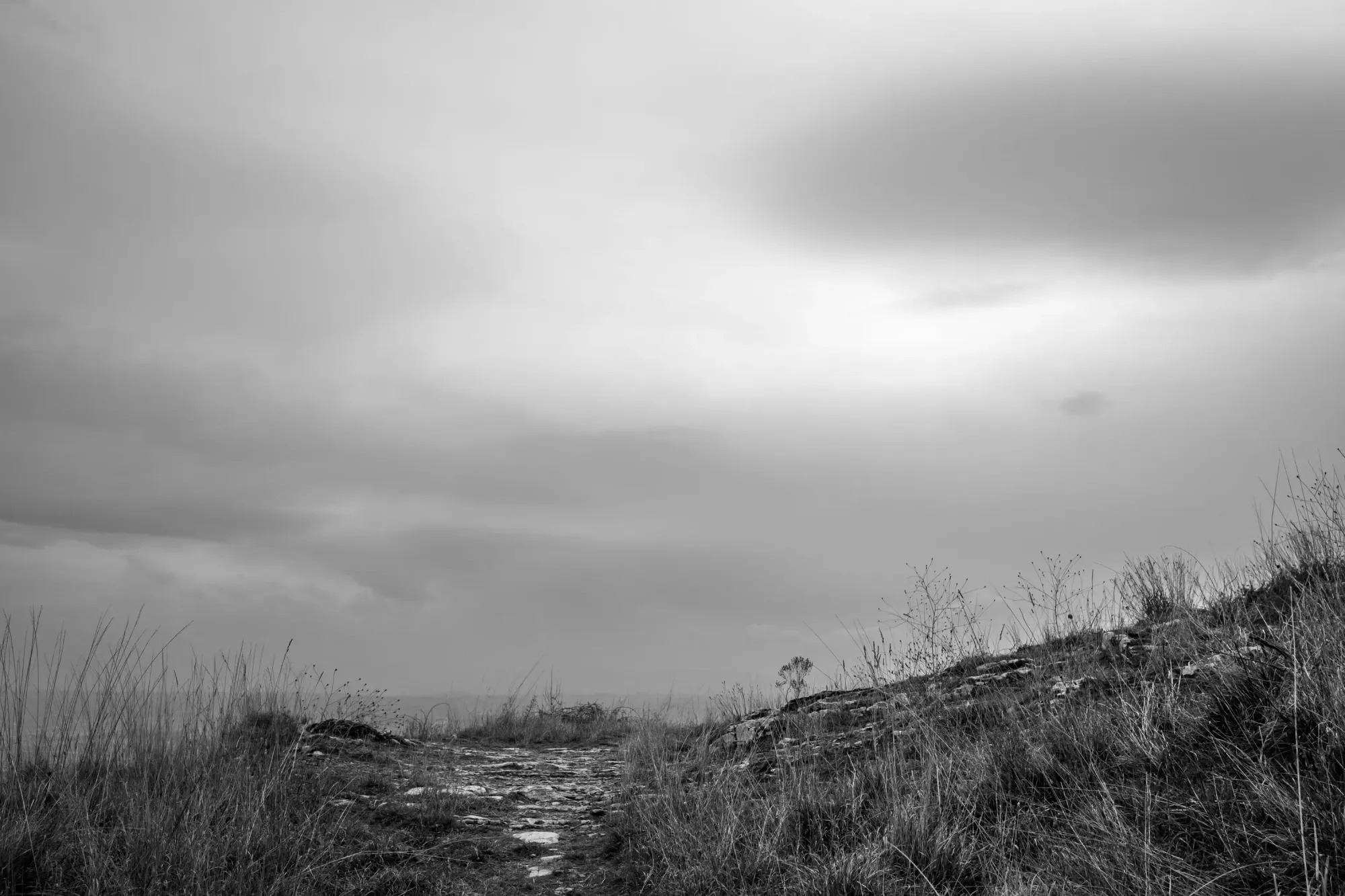
In that context, artistic limits offered one strategy for navigating the deluge. As an artist and teacher, intentional constraints have long been allies in the pursuit of creative exploration. They propel me towards engaging complex visual problems, uncovering deeper connections, and discovering ideas beyond superficial associations.
Or: by first doing less, I uncover more later.
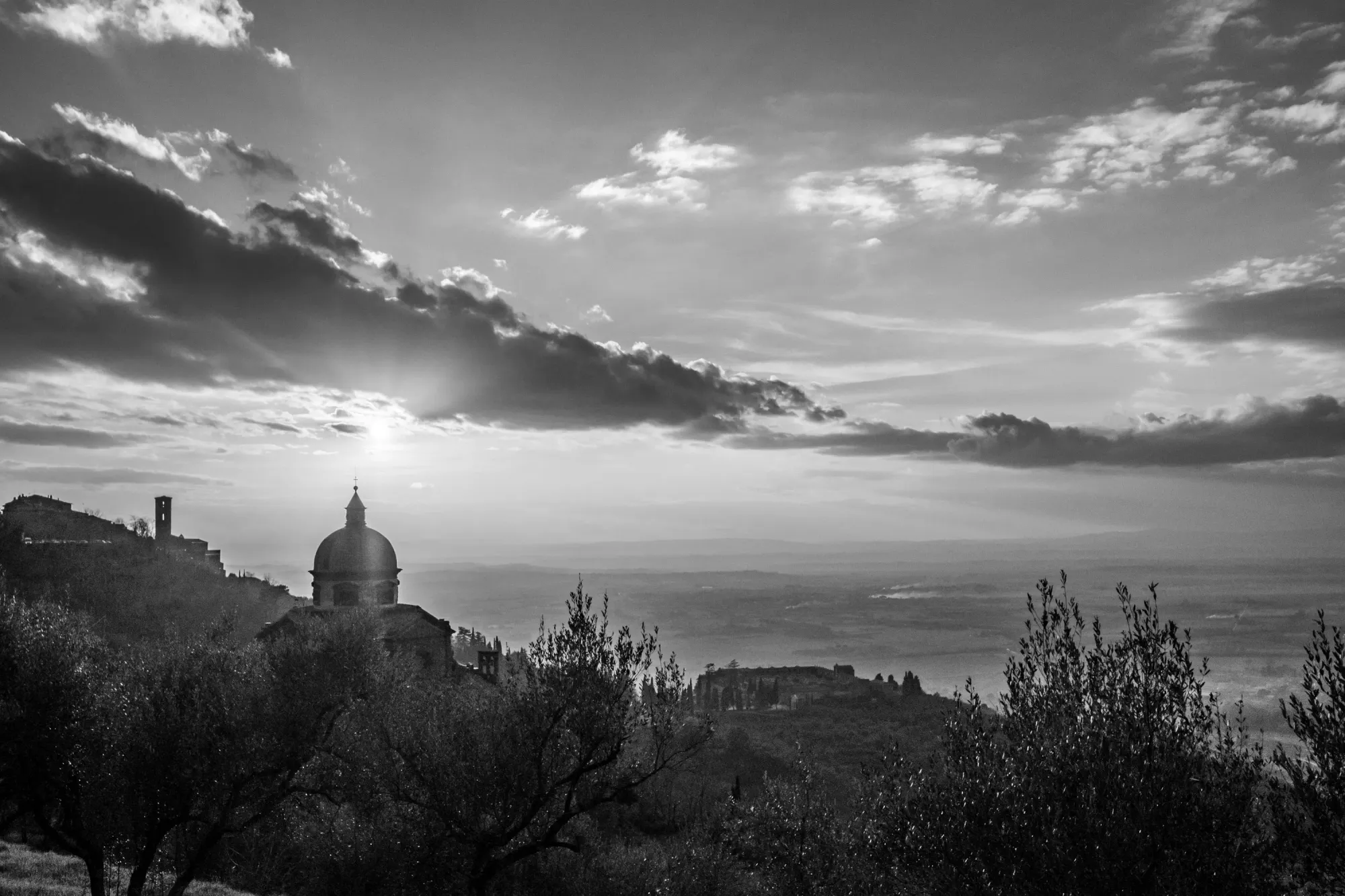
As 2024 unfolds, I’ve chosen to lean into that paradox of creativity, to begin with the certainty of a few things, some known variables, and hold them as constants as I experiment with AI-driven levers and tools. So far these tools have proven to be expansive counselors, like assistants or editors who can accelerate exploratory processes (like writing this post, which I drafted and revised with ChatGPT 🤖).
My existing understanding of creativity and craft (what I know) helps set limits for navigating vast arrays of new options (what I don’t know). Those limits offer a practical human bridge into an infinite range of potential.
(Which may just be a long way to say an old answer to an even older problem: “Not knowing is most intimate.”)
